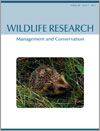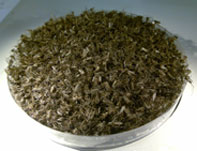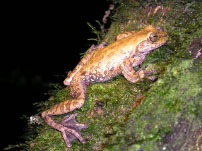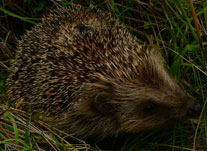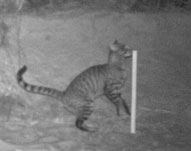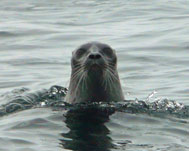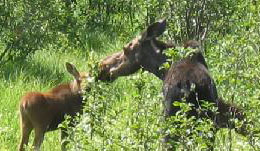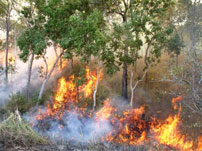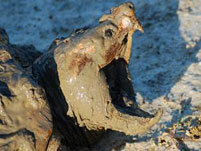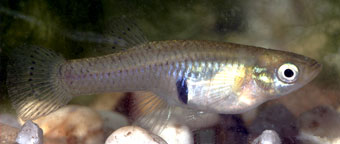WR12036Contribution of illegal hunting, culling of pest species, road accidents and feral dogs to biodiversity loss in established oil-palm landscapes
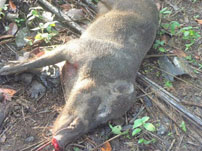
Apart from preventing forest conversion, mitigating biodiversity loss in established oil palm landscapes is equally important to conserve tropical wildlife. Native fauna are threatened by various anthropogenic threats in the production landscapes including those certified as eco-friendly producers of palm oil. Stakeholders are recommended to mitigate the threats in existing oil palm plantations and smallholdings. Photograph by Badrul Azhar.


